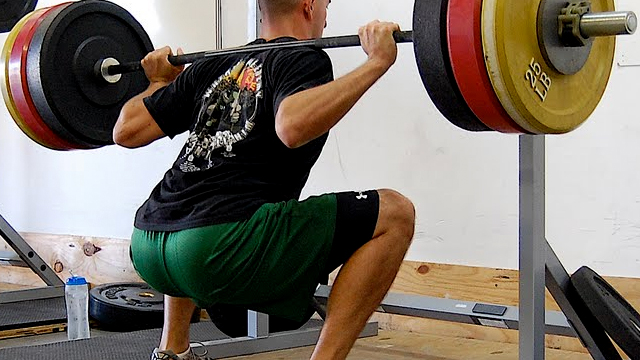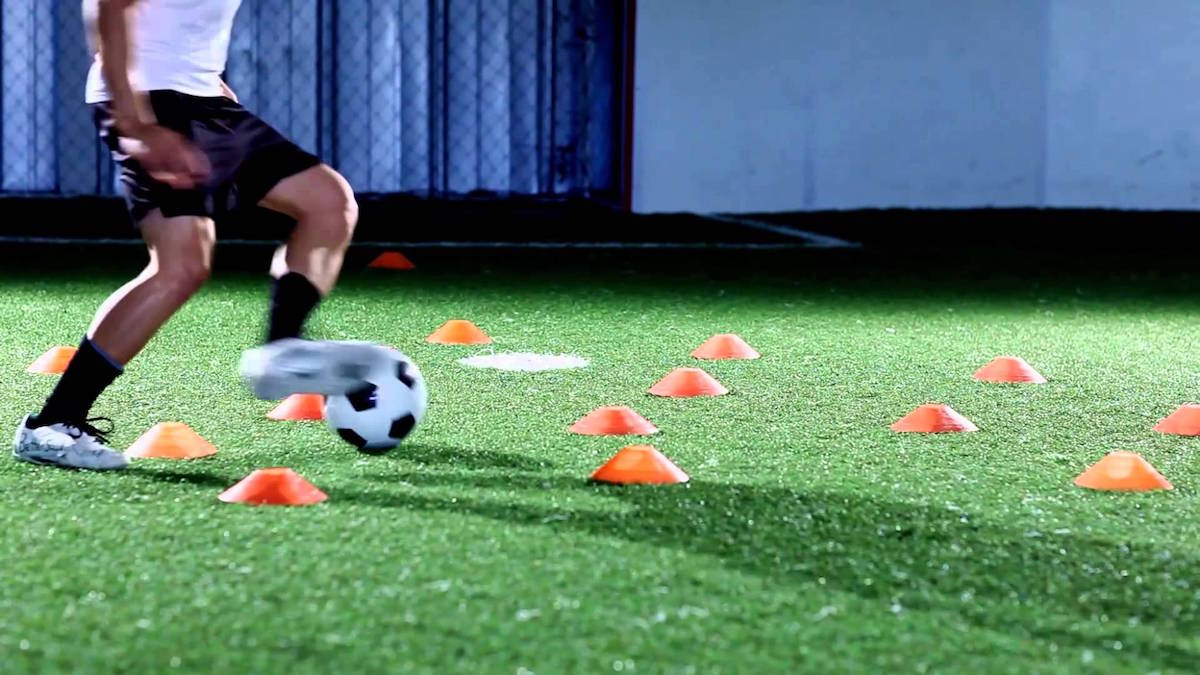Speed training is an important training modality for most athletes. Speed training is also associated with hamstring injuries and shin splints. In many situations, speed training is an all-or-none effort. I mean this in the sense that either we don’t do any speed training or we focus on it. If we approach speed training this way, we’re asking for injured athletes.
Speed is an important skill for most types of athletes. Because of this, it should be trained year-round in one manner or another. Failing to do this means trying to scramble a few weeks before the season, trying to make up for lost ground, and never reaching potential.
Having said all that, off-season athletes don’t have unlimited time to train everything unless they are professional athletes. This blog will cover how to prepare an athlete for speed training.
The first thing to keep in mind is that athletes need a level of strength to be good at sprinting. This is easy because most athletes need strength for contact, throwing, agility, power, etc. This is another quality that needs to be developed year-round. For a sprinting emphasis, we’re focusing on squats, deadlifts, split squats, and lunges. In other words, ground-based exercises that focus on the lower body.
The second thing that athletes need are hamstrings that are ready for sprinting. There are several ways this should be approached. First, athletes need to be performing exercises in the weight room that strengthen the hamstrings while lengthened – i.e. hip extension exercises like Romanian deadlifts, good mornings, back raises, etc. Second, the hamstrings need to be prepared for sprinting with bodyweight exercises on the track or field. Exercises like marches, inchworms, reverse crab walks, etc. Finally, speed drills can very specifically target this aspect. Bounds, straight leg bounds, stride length drills, A and B drills can all be used for this.
The third consideration is the shins. From the very start this aspect needs to be addressed to prevent injuries. This is done through careful control of volume (which we’ll discuss below) and drills that focus on the shins (like walking on the toes).
Volume is a final consideration and this is a philosophical issue. One school of thought for sprinters is to begin sprint training with longer distances. The idea being to build the sprinter’s endurance. I think this is a bad idea for many team sport athletes, especially larger ones. Too great of volume has several issues. It is asking for hamstring and shin issues. It is asking for bad technique as the athlete is fatigued. It could be asking for joint issues (large athletes + long sprints + fatigue = injury), and it may be interfere with sport-specific conditioning.
In terms of year-round program design. Below are some thoughts:
1. Off-season starts out with at least one session of speed training per week. Focus should be on technique drills, acceleration, and some speed-specific plyos like bounds.
2. As the off-season progresses sessions should expand. I like to have a session dedicated to acceleration and one to maximum velocity. Technique drills continue as do speed-specific plyos.
3. As the season approaches, it’s time to begin making speed training sport-specific. This means situations, movement patterns, and yes even the ball.
4. Strength training, hamstring training, and shin splints need to be year round.
Below is a table showing examples of different workouts for different phases of the season. This is for a baseball player.
|
General Prep |
Special Prep |
Pre Season |
In Season |
|
|
Strength Training |
Back squats, 3×8-12×70-80% Lunges, 3×12-15 each leg Romanian deadlifts, 3×8-12 |
Back squats, 3×3-5×85-90% Split squats, 3×6-10 each leg Romanian deadlifts, 3×6-10 |
||
|
Plyos |
Bounds, 3×20 meters |
Bounds, 3×20 meters |
Bounds, 3×40 meters |
Bounds, 3×40 meters |
|
Speed Training |
5×10-20 meters Stride length drills |
Accel: 3-5×5-20 meters Stride length drills Max vel: 3-5×40-60 meters Stride length drills |
Accel #1: 3-5×20 meters Stride length drills Accel #2: Hit, run to first base drill, 5-10x Hit, round first, take 3 steps, then react to coach (run to 2nd or back to first), 5-10x |
Accel #1: 3-5×20 meters Stride length drills Accel #2: Hit, run to first base drill, 5-10x Hit, round first, take 3 steps, then react to coach (run to 2nd or back to first), 5-10x |
|
Drills |
Hamstring drills, 2-3×20 meters each Shin splint drills, 1×20 meters each A drills, 2-3×20 meters |
Hamstring drills, 2-3×20 meters each Shin splint drills, 1×20 meters each A drills, 2-3×20 meters |
Hamstring drills, 2-3×40 meters Shin split drills, 2-3×20 meters A drills, 2-3×40 meters B drills, 2-3×40 meters |
Hamstring drills, 2-3×40 meters Shin split drills, 2-3×20 meters A drills, 2-3×40 meters B drills, 2-3×40 meters |


